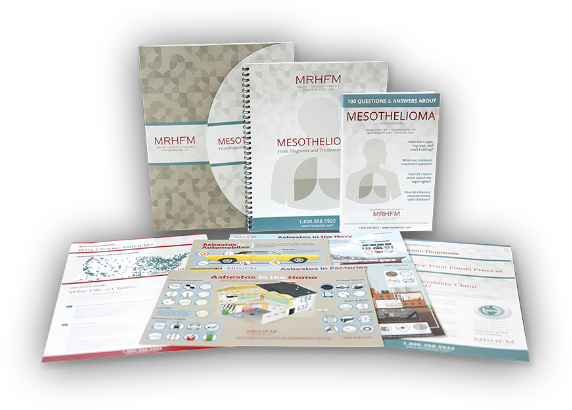A tiny Texas town has just discovered that its water supply is contaminated. More shocking than this was what the town’s residents had been drinking. It was a deadly mineral known as asbestos. Could this happen in your community? Unfortunately, the answer is yes.
According to the Foundation for Water Research (FWR), global studies indicate that most waters, whether or not distributed through asbestos cement pipes, contain asbestos fibers. This is because “asbestos is widely found in the environment as a consequence of natural dissolution of asbestos-containing minerals. Asbestos cement pipes can give rise to an increase in the numbers of asbestos fibers in drinking water, particularly when first installed.”
To address these issues, Congress passed The Safe Drinking Water Act (SDWA) back in 1974. Under the Act, the Environmental Protection Agency (EPA) sets standards for drinking water quality and oversees the states, localities, and water suppliers who implement those standards. SDWA standards address inconsistencies in monitoring the nation's water supply caused by differing state standards. A series of congressional amendments in 1986, '88, and '96 have added additional protection.
Among the chemicals and contaminants listed in the SDWA are Arsenic, Beryllium, Cyanide, Mercury, Cyanide, yes, asbestos. Under the Act, the EPA is required to determine the level of contaminants in drinking water “at which no adverse health effects are likely to occur.” The EPA has established a maximum contaminant level (MCL) for asbestos in drinking water of 7 million fibers per liter (MFL) > 10 µm in length. Is 7 million fibers per liter safe? Some people say no, but the EPA says yes.
Interestingly enough, the Occupational Safety and Health Administration (OSHA) of the United States Department of Labor says, “there is no safe level of asbestos exposure for any type of asbestos fiber.” In fact, “asbestos exposures as short in duration as a few days have caused mesothelioma in humans,” said the OSHA.
If you think you may have been exposed to asbestos, see your doctor right away. He can help determine if you are at risk of developing mesothelioma. Though there is no cure for the disease, early detection could lead to better treatment options and outcomes.
Sources
"Asbestos Laws and Regulations: Safe Drinking Water Act (SDWA)." Environmental Protection Agency. United States Environmental Protection Agency (EPA), 01 Sept. 2016. Web. 12 Sept. 2017.
"Asbestos." Occupational Safety and Health Administration (OSHA). United States Department of Labor, 2014. Web. 12 Sept. 2017.
"Environmental Health and Medicine Education." Agency for Toxic Substances & Disease Registry (ATSDR). Centers for Disease Control and Prevention, 29 Jan. 2016. Web. 12 Sept. 2017.
"40 CFR 141.62 - Maximum Contaminant Levels for Inorganic Contaminants." LII/Legal Information Institute. Cornell Law School, 2016. Web. 12 Sept. 2017.
Gordon, Jones. "Asbestos Cement Drinking Water Pipes and Possible Health Risks – Review." Foundation for Water Research. Foundation for Water Research (FWR), May 2002. Web. 12 Sept. 2017.
Hilburn-Simmons, Jacque. "Arp Agrees to Spend $1.4 Million on Infrastructure." Tyler Morning Telegraph. Tylerpaper.com/Tyler Morning Telegraph, 11 Apr. 2017. Web. 12 Sept. 2017.
Hilburn-Simmons, Jacque. "Arp school officials scramble after asbestos found in town’s water." Tyler Morning Telegraph. Tylerpaper.com/Tyler Morning Telegraph, 17 Aug. 2017. Web. 12 Sept. 2017.
"Maximum Contaminant Levels for Inorganic Contaminants." EPA 23 (2011): 141-62. United States Environmental Protection Agency (EPA). U.S. Government Publishing Office (GPO), 01 Sept. 2016. Web. 12 Sept. 2017.
"The Safe Drinking Water Act." Indiana University Center on Representative Government. Indiana University Bloomington, 2017. Web. 12 Sept. 2017.
"U.S. Federal Bans on Asbestos." Environmental Protection Agency. United States Environmental Protection Agency (EPA), 19 Dec. 2016. Web. 12 Sept. 2017.






